A Warning, Not a Trial Balloon
Recent weeks have made one thing alarmingly clear: President Trump has no plans to limit the use of military force to Washington, D.C. He is already floating the idea of sending National Guard troops into Chicago, and even hinting at deploying them in New York City next. These aren’t empty threats. They are signals of how far this administration is willing to go in expanding executive power under the banner of “public safety.”
If you believe these deployments will stop neatly after one city, I’ve got a bankrupt Atlantic City casino to sell you.
Manufacturing a Crisis
Illinois Governor J.B. Pritzker quickly cut through the rhetoric, calling the proposed Chicago deployment a “manufactured crisis.” He’s right. Crime is not spiraling out of control. Local leaders have not asked for military intervention. The reality is that this is political theater. By painting Democratic-led cities as “lawless hellholes,” the president positions himself as the only force capable of restoring order.
Chicago Mayor Brandon Johnson has warned that sending federal troops could undermine fragile progress between communities and law enforcement. History supports his concern: armed soldiers on city streets do not de-escalate tensions—they escalate them. And in a city with longstanding mistrust of authority, the consequences could be profound.
Escalation in Washington, D.C.
We don’t need to guess what this looks like—we can already see it in the nation’s capital. Roughly 2,000 National Guard troops have been deployed across Washington, D.C. What began as an “unarmed presence” quickly escalated when Defense Secretary Pete Hegseth authorized them to carry weapons.
Once rifles are placed in the hands of soldiers patrolling crowded streets, the margin for error disappears. One misunderstanding, one panicked reaction, and a preventable tragedy becomes inevitable.
More troubling is the president’s suggestion that he might declare a national emergency when the 30-day deployment limit expires. Such a declaration would allow him to extend the presence of troops indefinitely, sidestepping Congress and overriding local leadership. That’s not simply bending the rules—it’s rewriting them.
Imagine New York City
Now picture New York City, home to nearly nine million people, with armed Guardsmen in Times Square and soldiers lining subway platforms. What starts as a show of force quickly becomes a chilling image of federal power imposed on America’s most diverse metropolis.
And where does it stop? Philadelphia? Atlanta? Boston? If political disagreement is rebranded as a public safety crisis, then any city at odds with the White House could become the next target.
Public Opposition Ignored
Polling from Washington, D.C., shows nearly 80 percent of residents oppose the troop deployment in their streets. Local officials point to long-term declines in crime that directly contradict the administration’s justification. Yet those objections are brushed aside. The message is clear: once the machinery of federal power is in motion, local voices no longer matter.
If you think local democracy can withstand this, I’ve got a bridge in Brooklyn to sell you—and cheap.
The Bigger Danger: Normalization
The question isn’t just whether these moves are legal—it’s what they mean for the future of democracy. The U.S. military exists to protect us from foreign threats, not to police American neighborhoods. Civilian governance is supposed to be local and accountable, not dictated from Washington with rifles on every corner.
If we allow this to become routine, future presidents of either party will inherit the precedent. The next time a mayor resists federal policy, the response could be military occupation. Once that door is open, it rarely closes.
A Rallying Cry
This moment isn’t about law enforcement—it’s about power. Deploying troops in American cities sends a message: federal authority overrides local control, dissent won’t be tolerated, and the president alone decides what constitutes an “emergency.” That’s not law and order; it’s governance by intimidation.
The danger isn’t day one. It’s day 100, day 200, or day 1,000—when soldiers on the streets become ordinary, when we stop questioning the erosion of democracy because it’s become habit. At that point, democracy isn’t under siege. It’s already gone.
Stand Up Before It’s Too Late
This is the moment for vigilance. Citizens, governors, mayors, and members of Congress from both parties must refuse to dismiss these deployments as temporary or symbolic. They are neither. They are trial runs for a new model of governance—one that replaces messy, imperfect democracy with military presence.
The storm is already here. It’s draped in stars and stripes, preaching “freedom” while selling authoritarianism at retail. The only question left is whether we recognize it for what it is and resist—or whether we let it settle in until it feels normal.
Because if we let it feel normal, your city will be next.


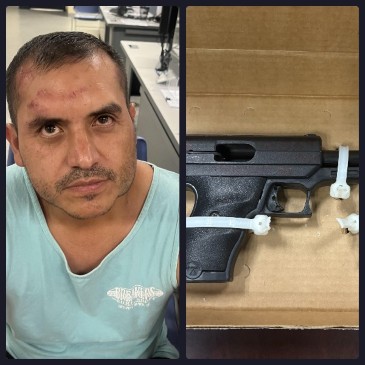
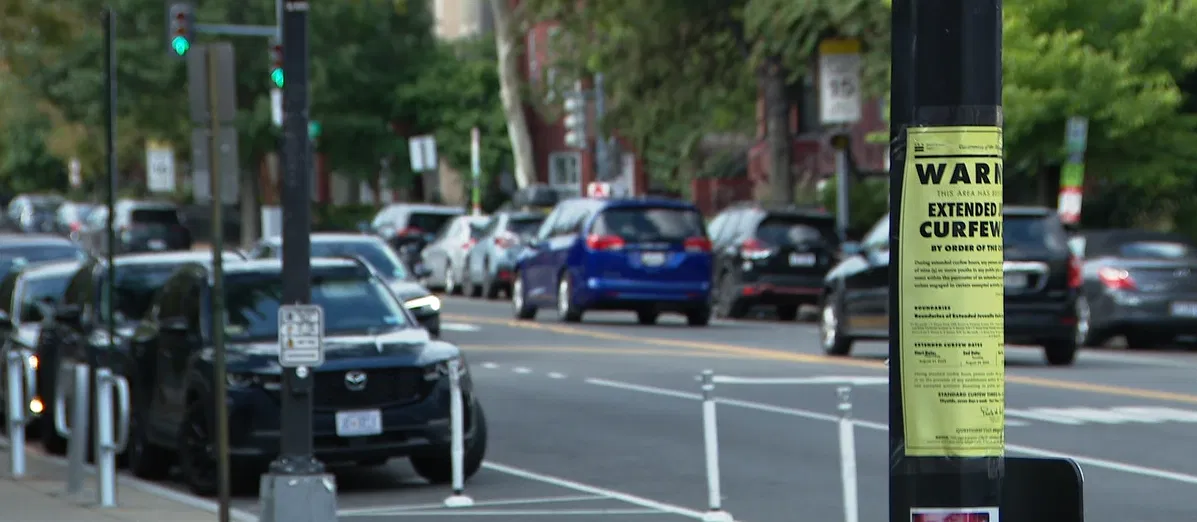

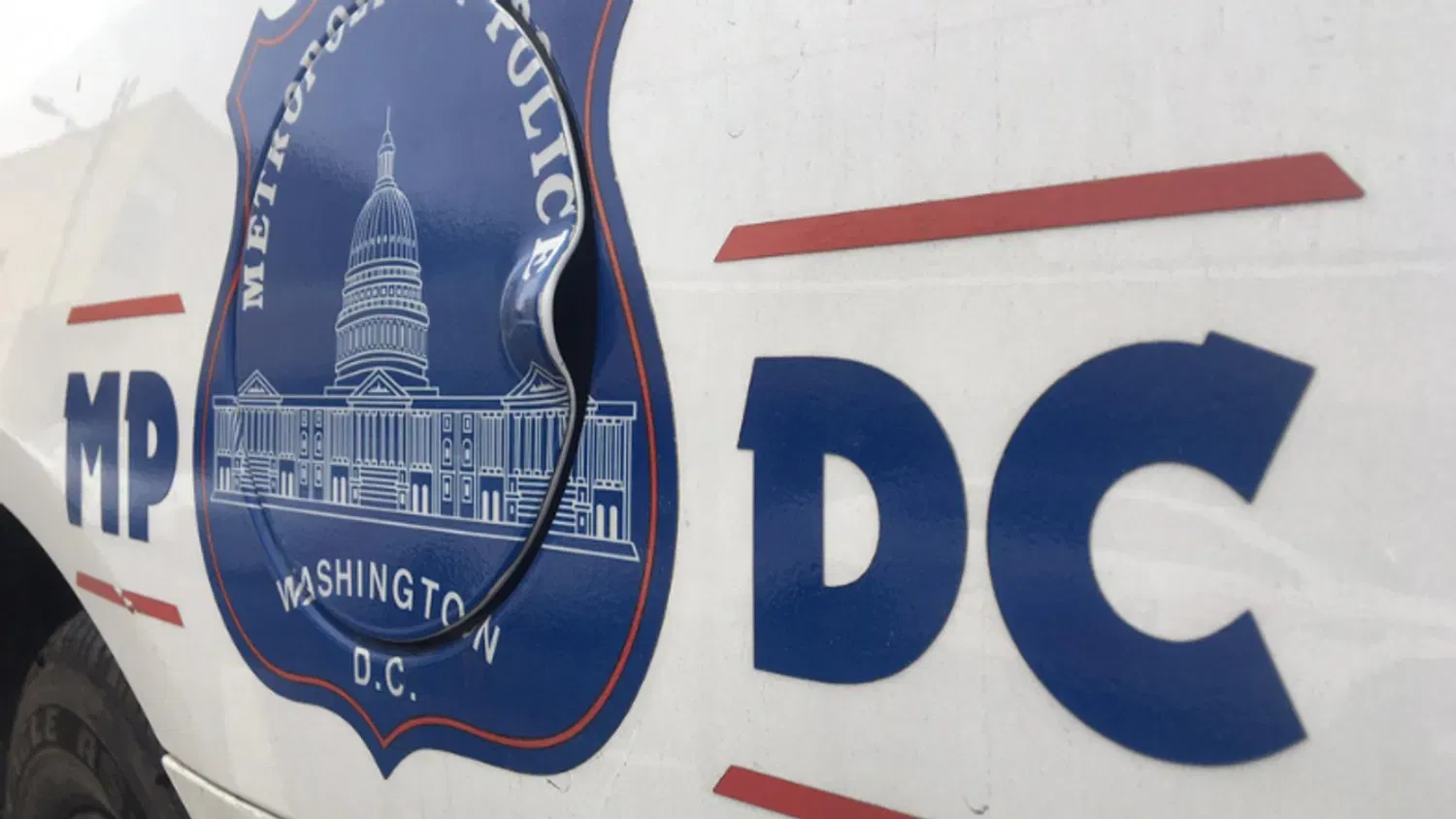
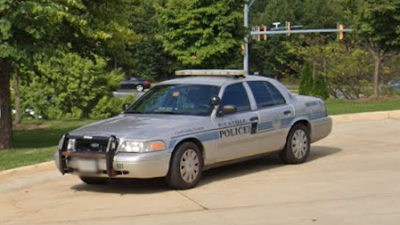

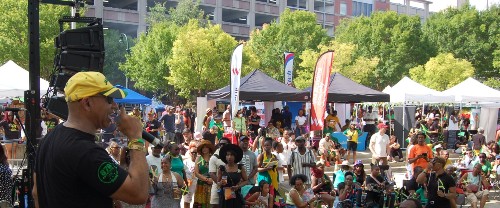

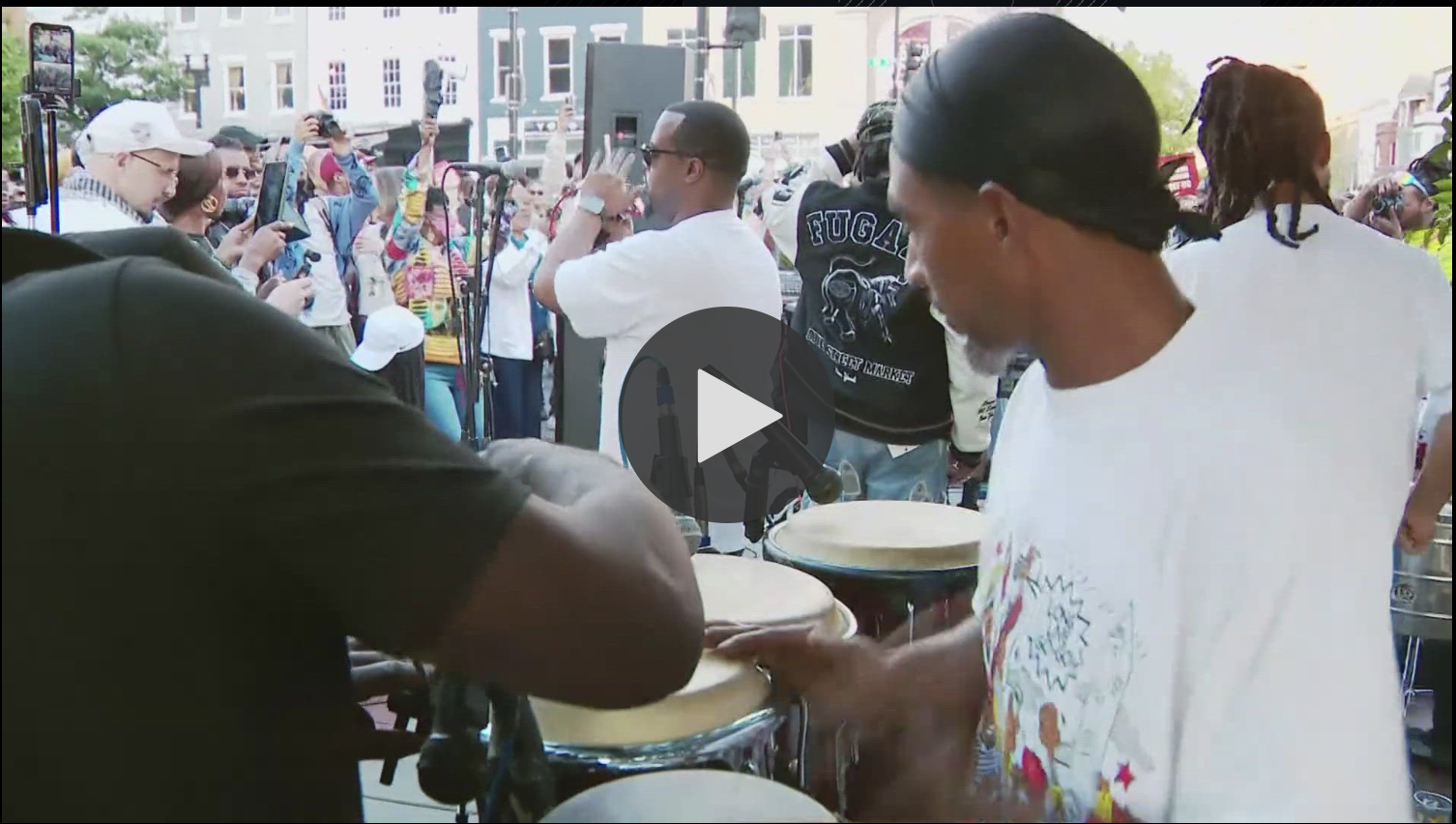
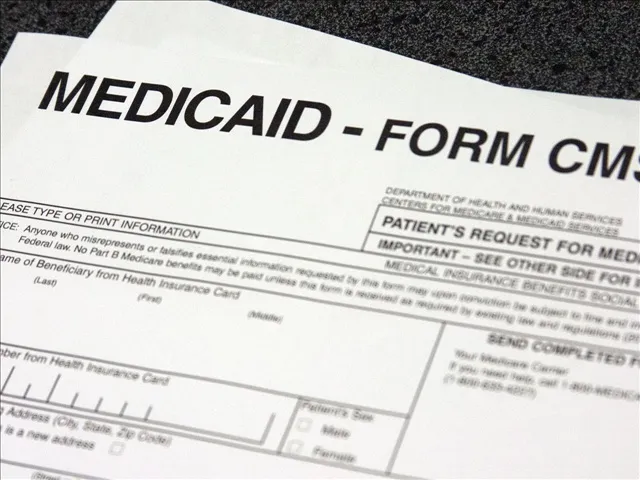
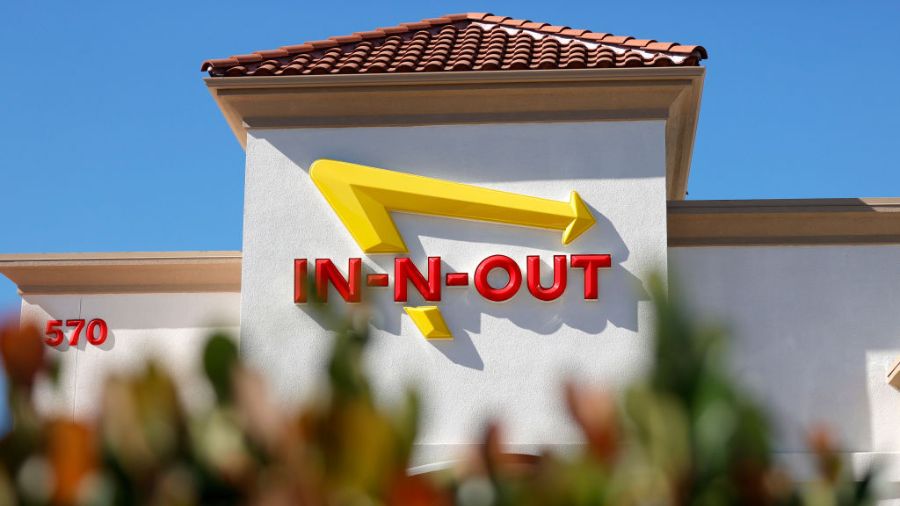
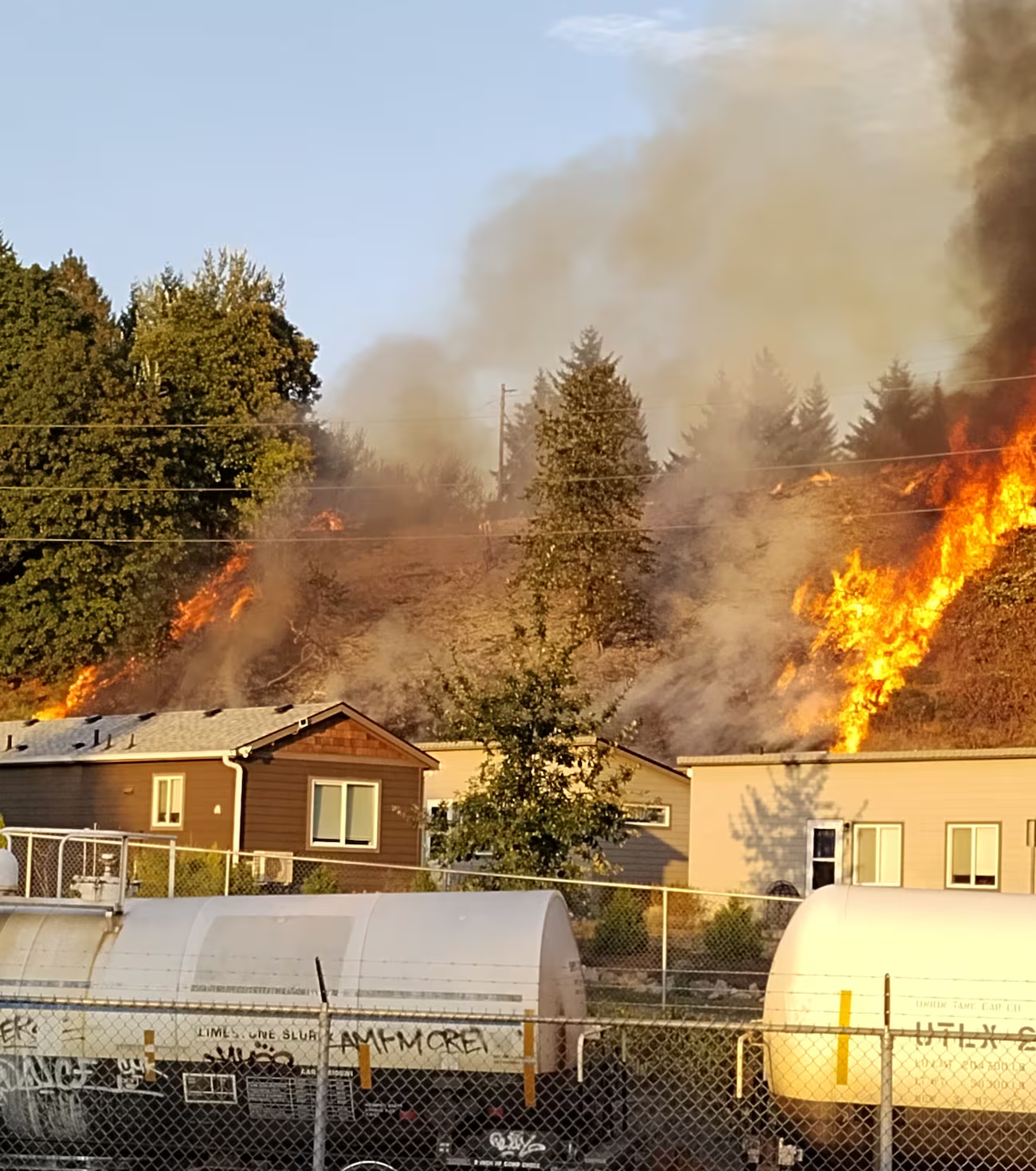

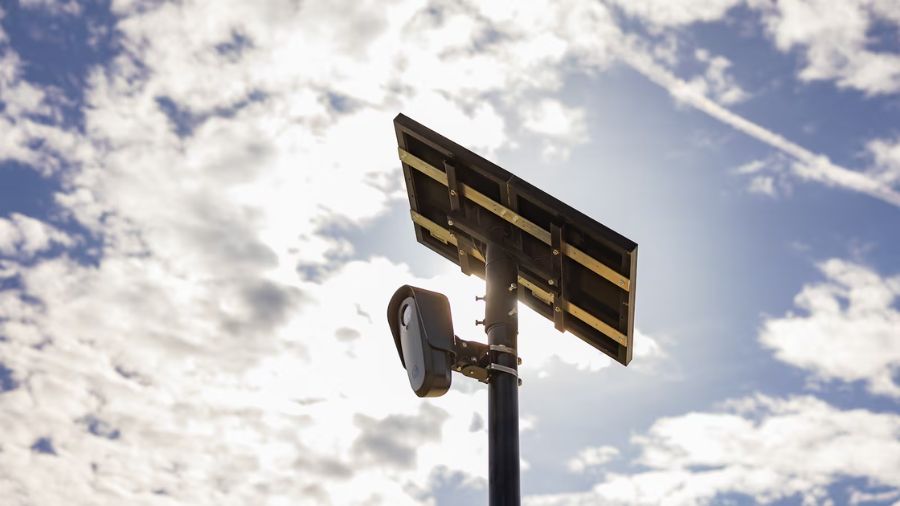
Leave a Reply